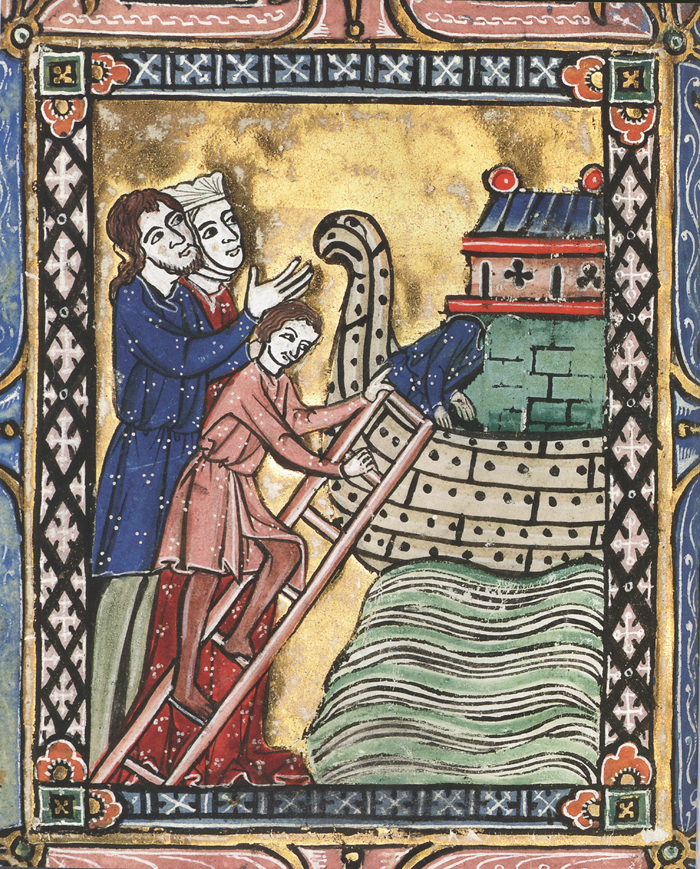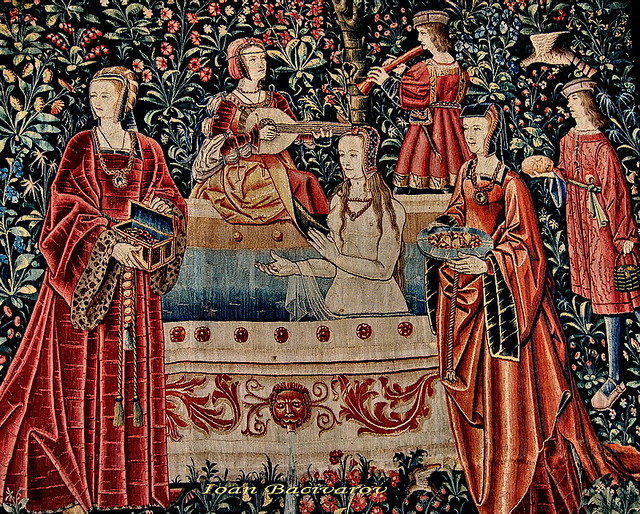


The dominance of theoretical approaches in the scholarship is perhaps not surprising in a field that is relatively new and itself theoretically defined this is reflected in the sections that follow. In the first decades of the 21st century, a disciplinary shift toward microhistories, global perspectives, and still newer theoretical approaches has encouraged additional trends in scholarship on medieval alterity, including a preference for contextualized case studies the reevaluation of traditional geographical and cultural parameters and increased openness to such new approaches as race theory, queer theory, and monster theory. Many such works emphasized how the visual articulation of difference intersected with the power relationships and hierarchies that structured medieval communities, drawing from scholarship in related disciplines such as anthropology, comparative literature, and history. In the 1990s, art historians began to capitalize on increasing online access to works of art, as well as the advent of relevant new approaches such as semiotics and postcolonial theory, to produce more specialized and critically oriented studies of Others in the Middle Ages. The earliest scholarship to undertake such analysis initially aimed for broad, thematic coverage and the aggregation of visual examples, resulting in print volumes that in the predigital era offered valuable access to a wide range of medieval images. Whereas early 20th-century scholarship tended to focus more on the recognition and cataloguing of iconographic signs than on their analysis, beginning in the 1940s, and increasingly from the 1970s onward, scholars began to direct critical attention to the ways in which medieval artists chose to represent Otherness visually, as well as to the reception of such images by medieval viewers. Modern scholarly study of such imagery, which has also focused on these out-groups to the exclusion of many others that did not leave such a distinct visual legacy, has evolved fairly slowly, and much of it is recent. Although the diversity of medieval Europe was in reality quite textured, including ethnic, cultural, and linguistic differences within regions (e.g., Saxons and Welsh, or Guelphs and Ghibellines) as well as across them, the most vivid visual images relate to those groups perceived as most distinctive or socially threatening, such as Jews, Muslims, Mongols, or lepers. The concepts represented by “the Other,” “Otherness,” and the related term “alterity” have been applied frequently and effectively in work published since the 1990s and help to frame the bibliography presented here.

The theoretical term “Others” that is often applied to such outsiders represents the adaptation of an originally psychoanalytic term in order to define a group and its members in opposition to a collective, perceived cultural norm. The utility of visual images in articulating social, cultural, religious, and ethnic difference strongly interested both makers and viewers of Western medieval art, and visual imagery that portrayed certain individuals or groups as ethnic, social, or cultural outsiders to a dominant (generally Latin or Orthodox Christian) community, often in a negative but occasionally in a positive light, is abundant from the central Middle Ages onward.


 0 kommentar(er)
0 kommentar(er)
